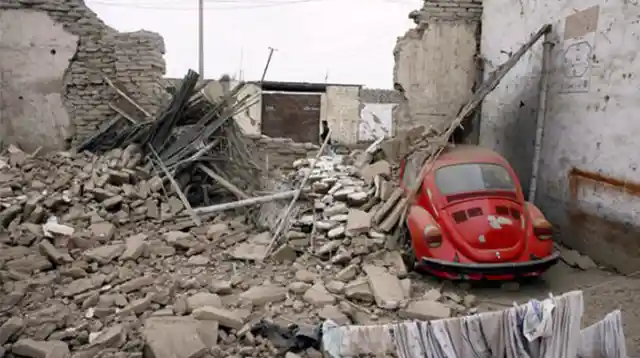When we talk about natural disasters, all we can think about is the loss of property and life caused by it. We haven’t been able to take care of the plates of our Earth quite well.
The most destructive force, an earthquake has hit the Earth numerous times and we have lost the count now. The results have been deadly. Let’s talk about the worst ones.
San Francisco, 1906 (8)
San Andreas Fault runs for 800 miles and is the barrier between two of the largest tectonic plates. The state of California sits on the joining point and is the ticking bomb. This was not taken seriously until 5 a.m. on April 18, 1906. The earthquake caused a fire which continued for over 3 days. This earthquake caused the greatest loss of life and property. The firefighters tried their best to control the flames but the huge swathes of the city were destroyed already. 3000 people killed, more than 40,000 were homeless.


Tokyo, 1908 (7.1)
The earthquake of destruction hit Italy on 28 December 1908 in Sicily and Calabria, southern Italy with a moment magnitude of 7.1. In this wave of tectonic plates, Messina, Reggio Calabria were nearly destroyed. The earthquake took 75,000-82,000 lives. The reason for the abundant loss of lives was the timing of the Earthquake. The earthquake hit the Earth at 05:20 and the people were busy sleeping. Hence, most of them lost their lives in the bed itself.
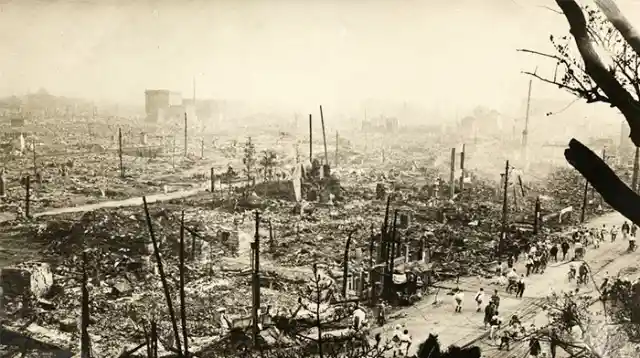

China, 1920 (7.8)
Lijunbu-Haiyuan-Ganyanchi area was completely destroyed after the earthquake of magnitude 7.8 hit China. The earthquake killed 73,000 people in Haiyuan country. The earthquake even triggered a landslide that buried the village of Sujiahe in Xiji County. It resulted in 30,000 deaths in Guyuan County. This earthquake caused a lot of landslides and ground cracks around the epicenter area. Many rivers changed their course due to this calamity.
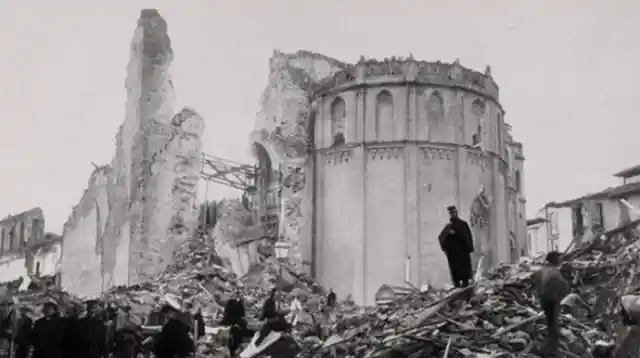

Chile, 1922 (8.5)
The movement of tectonic plates in this earthquake was recorded at 8.5 and the consequences were lethal. The disaster took place on 11 November 1922 at 04:33. This earthquake set off a tsunami in the Atacama Region of Chile, near the border of Argentina. This earthquake was experienced even around Australia. The damage of the earthquake was estimated to be between $5-$25 million. More than 100 people were reported to be dead in the earthquake and several hundred people lost their lives in the tsunami, majorly in Coquimbo.
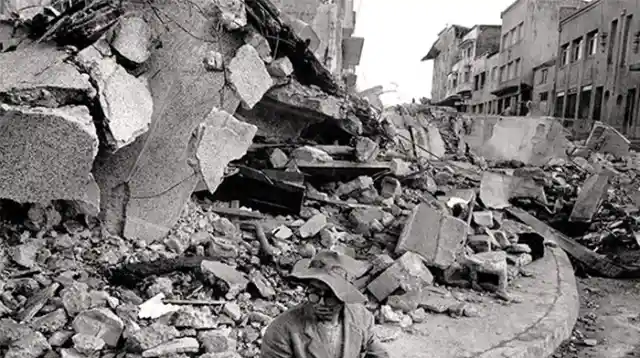
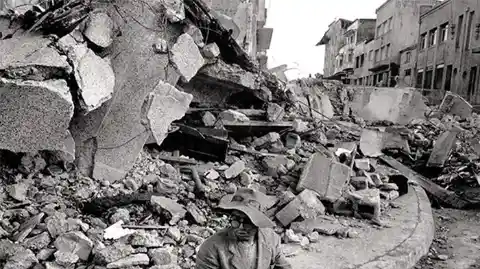
Japan, 1933 (8.4)
When the clock struck 17:31 on March 2, 1923, the tectonic plates were having their little moment off the east coast of Honshu, Japan started trembling, resulting in an earthquake of magnitude 8.4. Here the tsunami was triggered by the earthquake and it reached a height of 28.7 meters. One earthquake wasn’t enough so the second one struck after three hours and that was of 6.8 magnitudes. When the authorities started counting the lost lives they confirmed a number of 1,522. 1,542 people were missing after nature warned the people and 12,053 human beings were injured. There is no count of animals in this number.

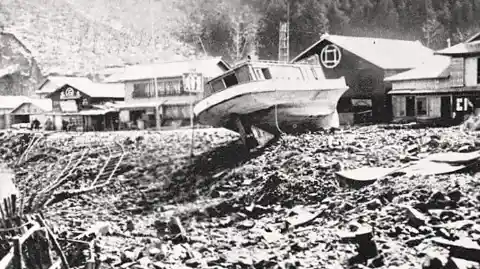
Alaska, 1946 (8.6)
The tremors of this earthquake caused a loss of $26 million. On April 1, 1946, the Aleutian Islands earthquake occurred near the Aleutian Islands, Alaska. The was a loss of 165-172 lives as the earthquake caused a tsunami in the Pacific and the destructive waves were of the height 45-130 feet. 77 homes and other buildings were demolished in this disaster. The fun fact of this earthquake is that because it took place on April 1, many people considered this news to be an April fool prank and it is also called April Fool Tsunami as well.
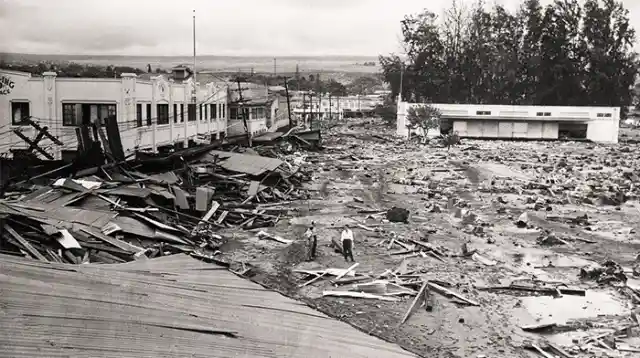
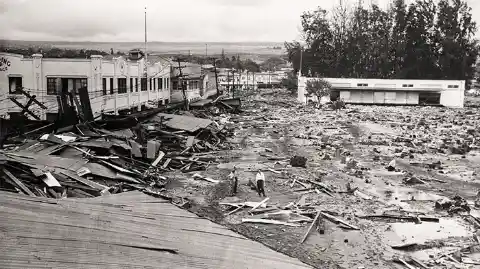
Assam-Tibet, 1950 (8.6)
The earthquake had a moment magnitude 8.6 and this specific earthquake is also called the Assam earthquake. The epicenter of tremors was located in Mishmi Hills. On a Tuesday evening at 19:43, the earthquake hit the region and approximately 4500 people died in the tremors. This earthquake was caused by continental collision and is the largest recorded quake caused by it. The property of Assam suffered more loss. In one of the hills, 70 villages were destroyed with 156 casualties due to landslides.

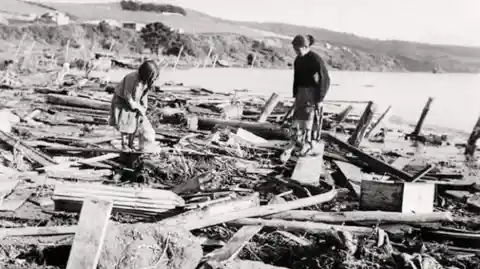
Russia, 1952 (9.0)
On November 4, 1952, eastern Russia had struck with an earthquake of magnitude 9.0 and the results were fatal. It even caused a local tsunami that created waves of up to 50 feet. The waves were strong enough to travel to Peru, Chile, and New Zealand. The estimated loss of lives was 10,000 to 15,000. The maximum damage in the Pacific Ocean was caused in Hawaiian Island. The estimated damage was calculated to be $17 million. There was extensive damage to the shorelines and infrastructure; it included destruction of a small bridge connecting Coconut Island and the shore.
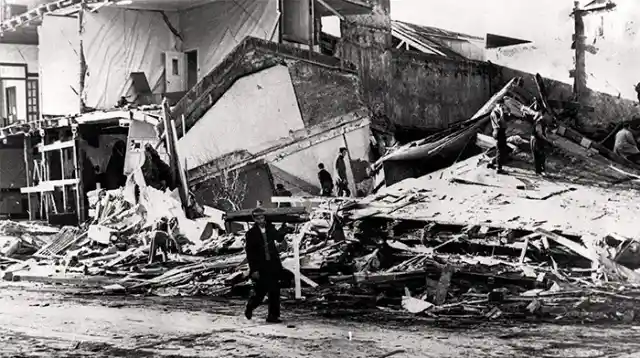
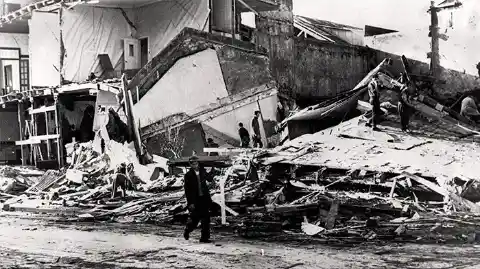
Chile, 1960 (9.5)
On the coast of Chile, a gigantic earthquake of magnitude 9.5 struck and the energy of the earthquake was as large as 100 million tons of TNT. Large enough for you to be scared? This earthquake shook the whole world and it even caused a tsunami for more than 10,000 miles in the Pacific Ocean. Chile was closest to the epicenter and suffered the most damage. Over 5000 people died and more than 2 million were left homeless.
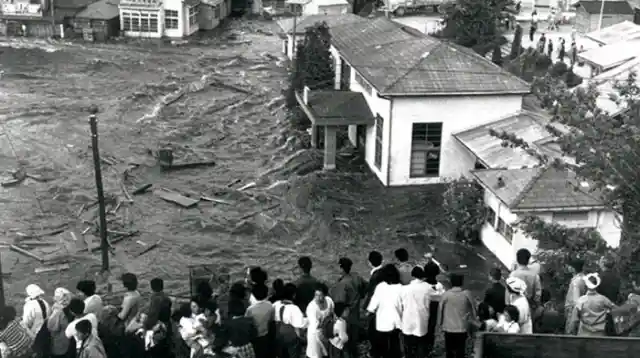
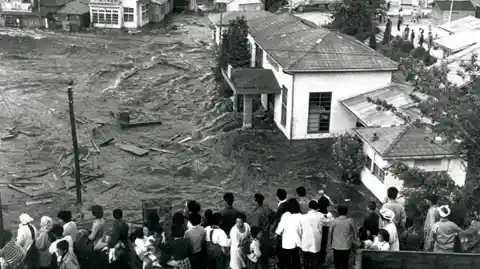
Alaska, 1964 (9.2)
With earthquake magnitude 9.2, this movement of plates was considered the second-largest earthquake by then. The quake and the inner water landslides caused tsunamis. All of this caused large damage to Valdez, Whittier, Seward, and Kodiak. Almost 139 people died in the quake and the loss was enormous and the effect was such that the town Valdez was left abandoned.
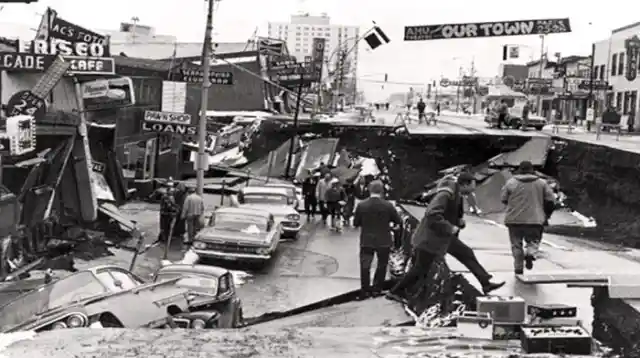

China, 1976 (7.5)
On July 28, 1976, The Deadly Tangshan earthquake took place and left the sleeping China dead. The magnitude of 7.5 caused destruction for about 14 to 16 seconds. Most people were asleep at this point of time. The death count of this earthquake reached 240,000 and is considered the most destructive earthquake of the 20th century. People were living without food and water after the disaster. The roads were impassable and that workers couldn’t reach the survivors.
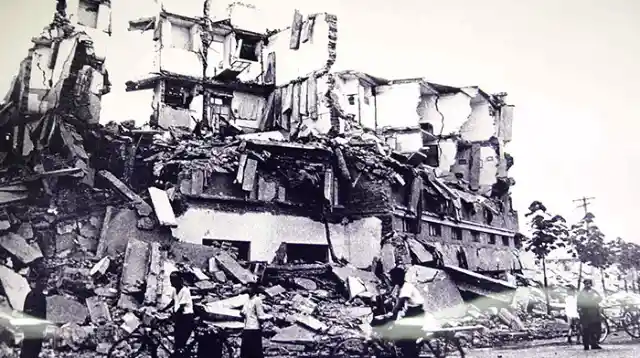

Japan, 1995 (6.9)
This earthquake killed more than 5000 people and caused a loss of more than $100 billion. The major loss was because of the damaging of 200,000 buildings in the country. This earthquake is also called the Great Hanshin Earthquake. This earthquake took place on the first anniversary of Northridge's tremor. With the amount of loss, this earthquake is considered the most costly earthquake of earth.
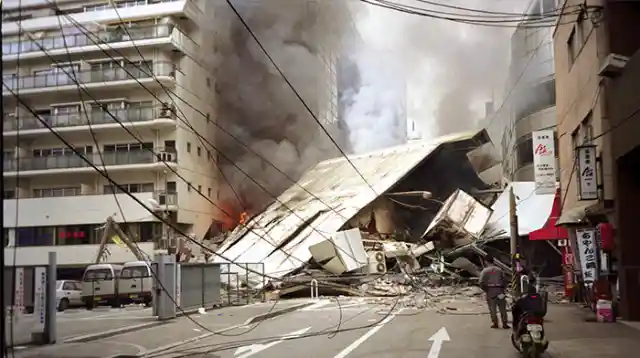
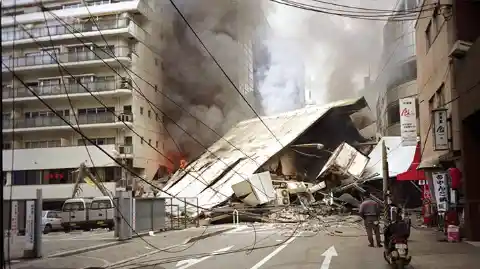
Peru, 2001 (8.4)
The earthquake was damaging enough to leave 2,687 people injured, 17,510 homeless, At least 35,549 homes damaged in the Arequipa-Camana-Tacna area. The tectonic magnitude of 8.4 affected the Peruvian regions of Arequipa, Moquegua, and Tacna. The earthquake hit the earth at the boundary of Nazca and South American Plates. The two plates were converging at a rate of 3 inches per year. And the result of the collision was seen on this day.
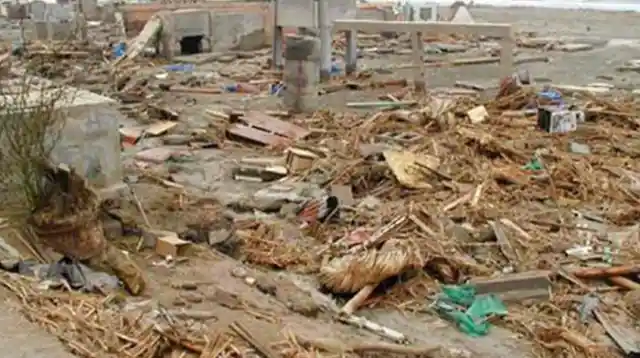
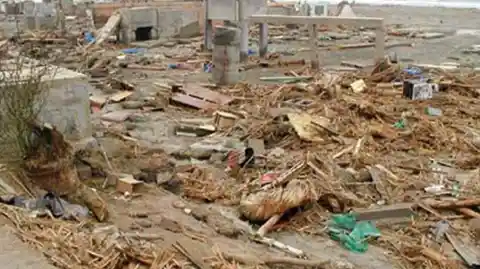
Indonesia, 2004 (9.1)
Also called as Indian Ocean earthquake and boxing day tsunami, this earthquake hit the Earth on 26 December 2004. This earthquake took place on the collision of the Burma Plate and the Indian Plate. Banda Aceh, a city of Indonesia reported the largest number of victims. A tsunami of 30 meters was caused and made it the deadliest natural disaster in recorded history. This was the third-largest earthquake and had the longest duration of tremors. The earthquake and the tsunami killed 227,898 people in 14 countries.
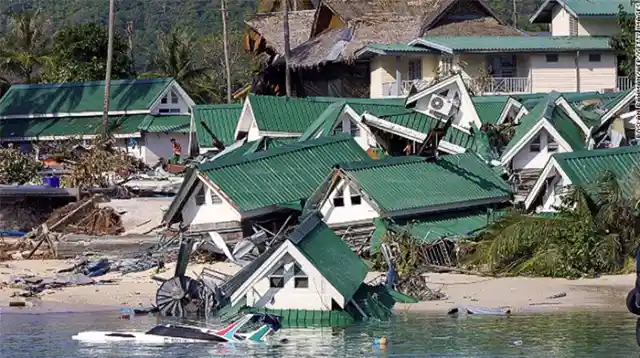
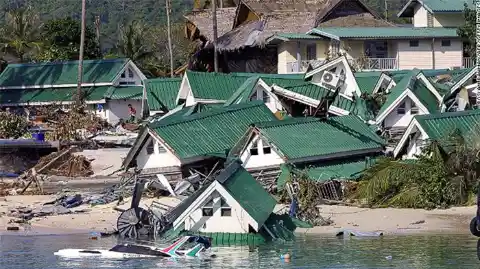
Indonesia, 2005(8.6)
On the west coast of northern Sumatra, Indonesia, Nias–Simeulue earthquake took place and killed about 1000 people. The region was already devastated by the Tsunami of 2004, this one created a panic state in the country. The epicenter of the earthquake was located 30 kilometers under the Indian Ocean. The earthquake of 28 March 2005, hit the area just after 3 months and people couldn’t take another loss.
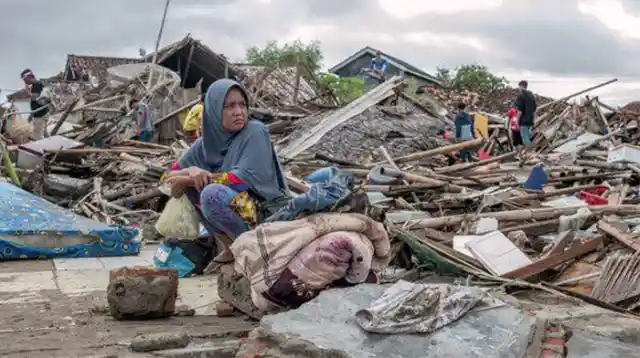

Pakistan, 2005 (7.6)
Also called as Kashmir Earthquake, the epicenter of this earthquake was Azad Kashmir. On October 8, 2005, a moment magnitude of 7.6 hit and killed 87,350 people. Over 138,000 were injured in the disaster and over 3.5 million were left homeless. The affected areas were Afghanistan, Tajikistan, and Chinese Xinjiang. It is considered the deadliest earthquake in south Asia after the earthquake of 1935 in Quetta.
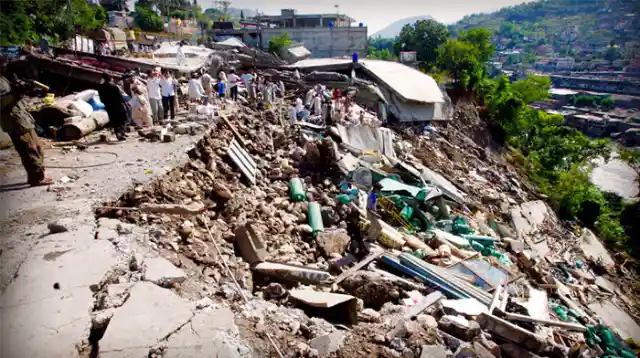
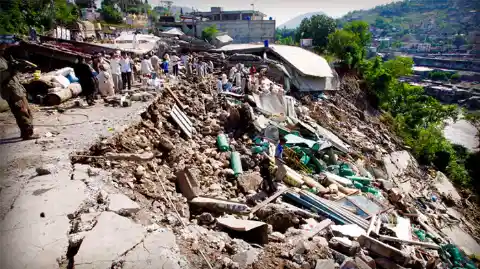
Chile, 2010 (8.8)
In 2010, the Chile earthquake was felt in six Chilean regions. The tremors were even felt in some Argentine cities, including Buenos Aires, Córdoba, Mendoza, and La Rioja. This earthquake caused Chile’s economy a loss of $15-$30 billion. Since the last 500 million years, Chile has been at the convergent plate boundary and it is the reason Chile suffers megathrust earthquakes. There was a shift in some parts of the USA after this earthquake. The earthquake shifted some parts of South America from the Falkland Islands to Fortaleza, Brazil.
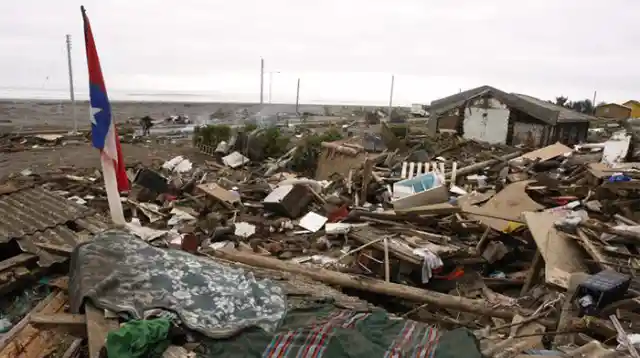
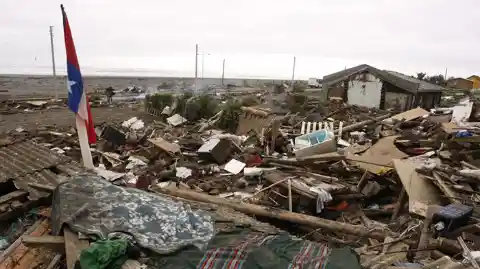
Japan, 2011 (9.1)
Tōhoku earthquake and tsunami took place on 11 March 2011. The other names of this earthquake are the Great Sendai Earthquake, the Great Tōhoku Earthquake, and the 3.11 earthquake. The epicenter of the earthquake was the north-western Pacific Ocean at a depth of 32 km. The energy of this earthquake was double the 2004 Earthquake that took place in the Indian Ocean. Japan faced over 1000 aftershocks since the earthquake.
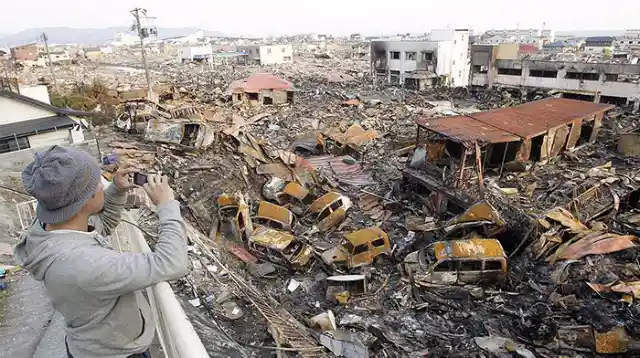
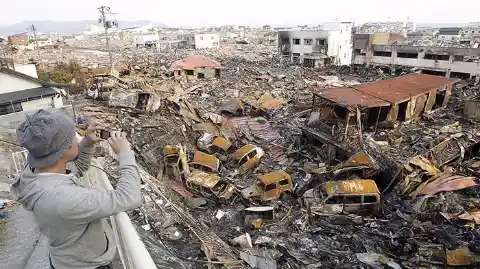
Nepal, 2015 (8.1)
Also known as the Gorkha earthquake, this one nearly ruined the whole country and its economy. This earthquake killed over 9000 people and injured more than 22,000 people. The epicenter was just 8.2 kilometers below the east of the Gorkha District at Barpak. The earthquake on 25 April 2015 was followed by continued aftershocks at the intervals of 15-20 minutes. One of these aftershocks was of magnitude 6.7. The earthquake even affected the Mount Everest and resulted in an avalanche. 21 people were killed in the calamity.
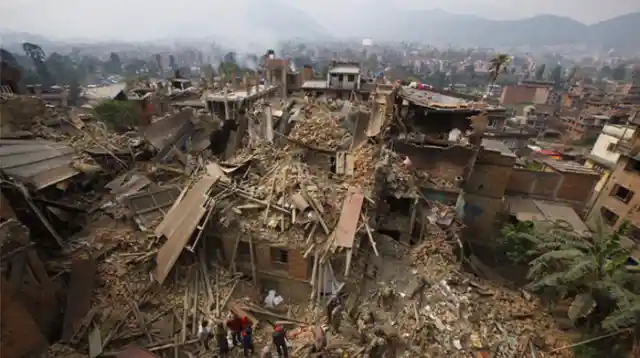
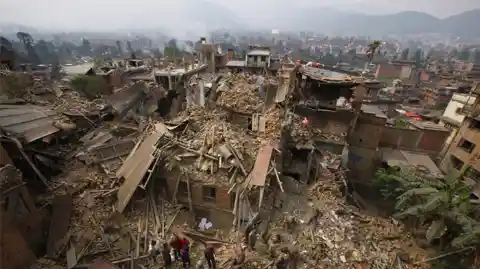
Peru, 2019 (8.0)
26 May 2019, a megathrust earthquake hit Peru. The reason behind the tremors is the Nazca Plate subducts beneath the South American Plate. They move at a pace of 70 mm per year and the collision resulted in an earthquake of 8.0 magnitude. The earthquake lasted for about 60 seconds. The major damages were in the region of Ecuador, the closest place near the epicenter.
